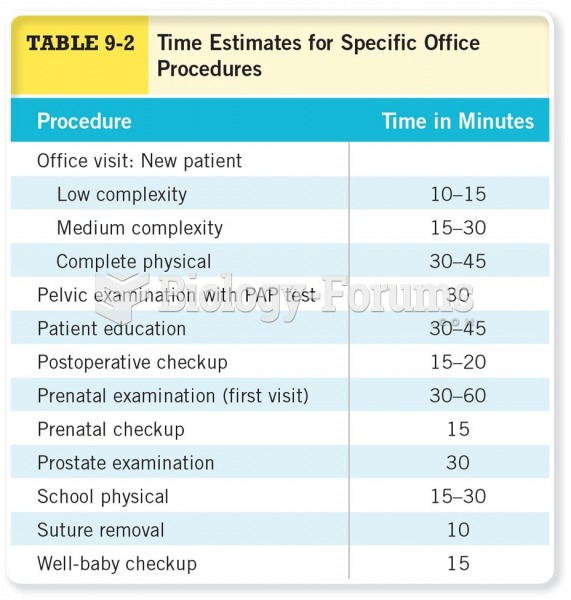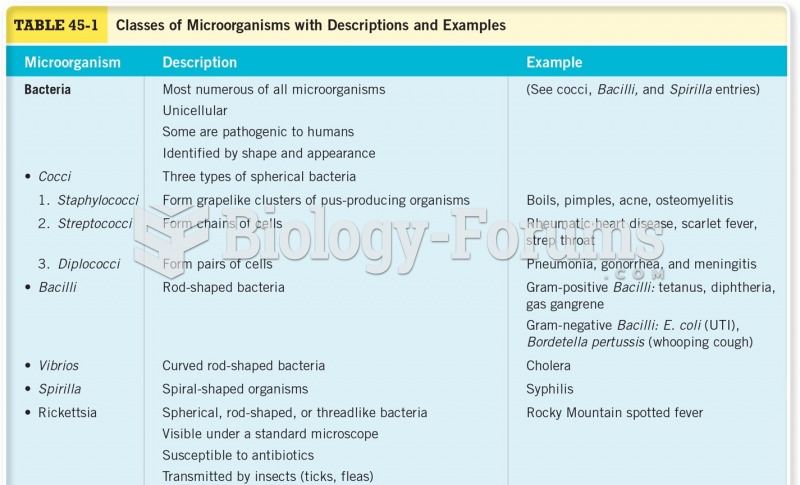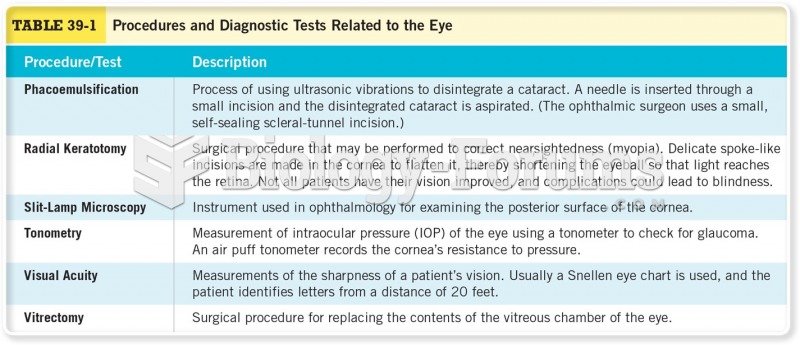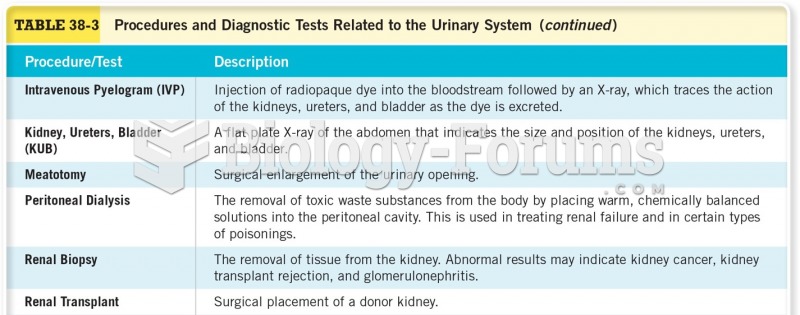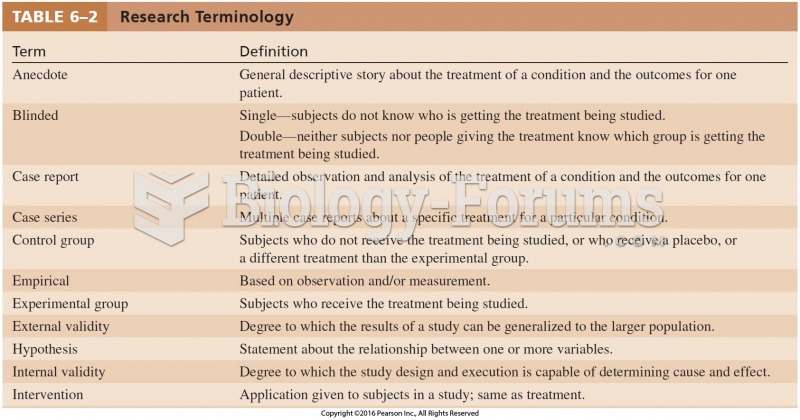Match the procedures in qualitative research listed below with the descriptions of the procedures provided.
a.
Data triangulation
g.
Intra-rater agreement
b.
Peer debriefing
h.
Inter-rater agreement
c.
Audit trail
i.
Member checks
d.
Reflexivity
j.
Stepwise regression
e.
Replication logic
k.
Negative case sampling
f.
Cross-case comparison
l.
Methods triangulation
1. A researcher uses both phenomenological interviews and document analysis of participant's diaries as part of a research study
2. Keeping thorough notes and records of the exact data gathering, analysis, and interpretation procedures.
3. Conducting the study in multiple locations or with multiple groups.
4. A researcher analyzes the data, sets it aside for a period of time, then comes back and repeats the analysis, and compares the two.
5. Two investigators divide the data, analyze it independently, and compare results.
6. A researcher reviews data from interviews, observations and documents to determine if the findings support one another
7. Colleagues are provide with raw data along with the researcher's interpretations and are asked to determine whether the interpretation appears reasonable
8. Participants are asked to review field notes or transcripts for accuracy and are asked to review data interpretations to assure there has been no miscommunication or inaccuracy in the report
9. Keeping a journal that includes thoughts, feelings, ideas, questions, concerns and frustrations of the researcher during the process of data analysis
10. A researcher intentionally seeks examples that are opposite of what is expected
11. A researcher investigates more than one case and compares findings or compares findings of one case with other cases identified in the literature
12. A researcher randomly selects a transcript and asks a peer to code it using the coding labels identified by the researcher then compares the peer coded transcript with the original coded transcript
Question 2
Refer to Exhibit 20-3. Forty first-graders were specially selected for the study.
a. Population c. Sample
b. Parameter d. Statistic



